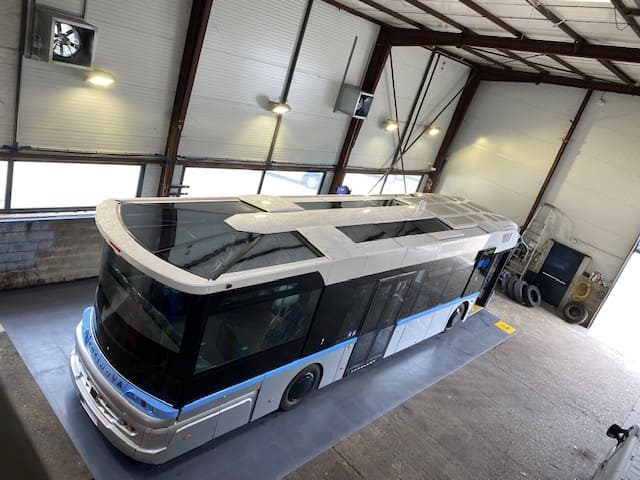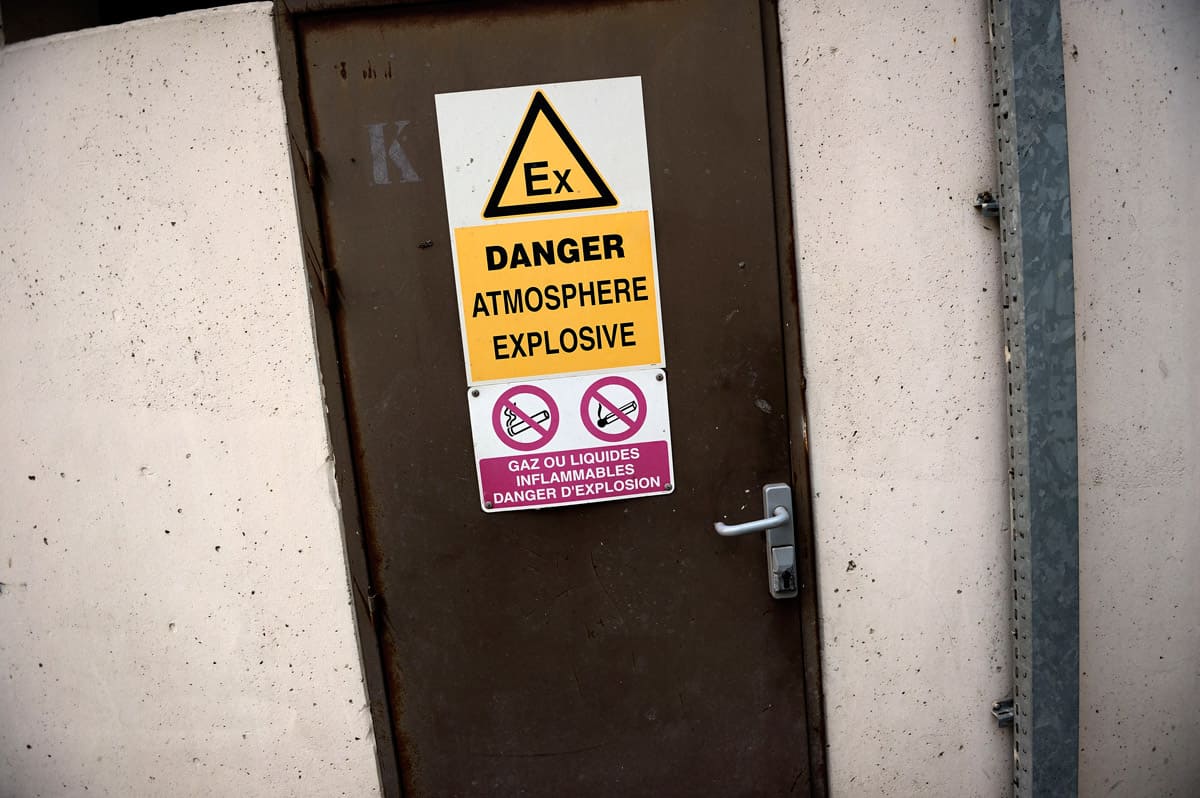
Bringing your warehouse up to standard


Hydrogen is a gas that is lighter than air and very easily flammable. Therefore, it is essential to adapt the maintenance workshop or depot to allow the storage of hydrogen vehicles. Buildings that are to house hydrogen activities are subject to different regulations and must also be made safe to make them adapted and safe to the hydrogen risk.
It is quite possible to adapt an existing workshop or depot and to cumulate different types of engines inside without this being problematic. This adaptation is subject to the regulations related to the prevention of Explosive Atmospheres (ATEX) in the French Labour Code. For this purpose, an ATEX study is necessary to take into account all types of vehicles and associated maintenance operations. The other applicable regulation is the ICPE 2930 heading of the Environment Code according to the workshop surface. This ATEX study will then lead to the drafting of an Explosion Protection Document (EPD) specific to the workshop.


On the ATEX zoning, the outside parking lot is considered as outside the ATEX zone, whereas in the workshop, as soon as a hydrogen vehicle is present, an ATEX zone is defined, including the lowest point of the hydrogen circuit on the ceiling, where the hydrogen could be concentrated. A distance around the vehicle will also be determined according to several criteria: tank pressure, pipe sections and safety devices. The tank purge area will also be part of the ATEX zone.
It is also necessary to implement technical and organizational solutions to prevent explosions.
For technical measures, it will be necessary to install a hydrogen detection system, a fire detection system using a smoke detector, specific mechanical ventilation, ATEX lighting, a dissipative concrete floor and flameless heating.
Each facility manager is responsible for adapting these to his own workshop and vehicle configuration in accordance with ATEX regulations.
In addition to these technical measures, the implementation of organizational measures is also recommended. In addition to the PPE normally used in the workshop, the wearing of dissipative shoes and antistatic work clothes (EN 1149-5 standard) is recommended. It is also advisable to provide signage and specific work instructions.
In addition to all this, it is of course recommended that workshop personnel and their supervisors take training courses such as “ATEX maintenance level 0” or “automotive electrical clearance”.
Ces informations sont issues des supports d’H2Team qui propose l’accompagnement dans toutes ces démarches règlementaires et sécuritaires ainsi que les préconisations techniques et organisationnelles citées précédemment
The methodology proposed by H2Team for the safe layout of workshops :

In a world facing ever more pressing environmental issues, transition
“A stone has no hope of being anything other than
The fourth leading cause of mortality in the world, air